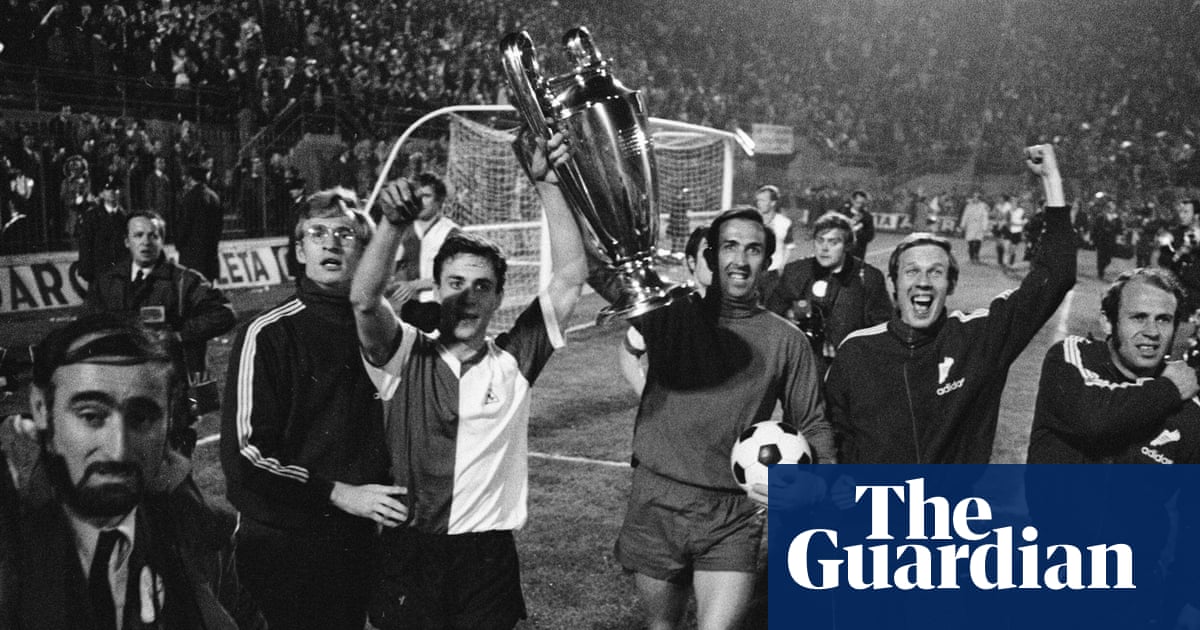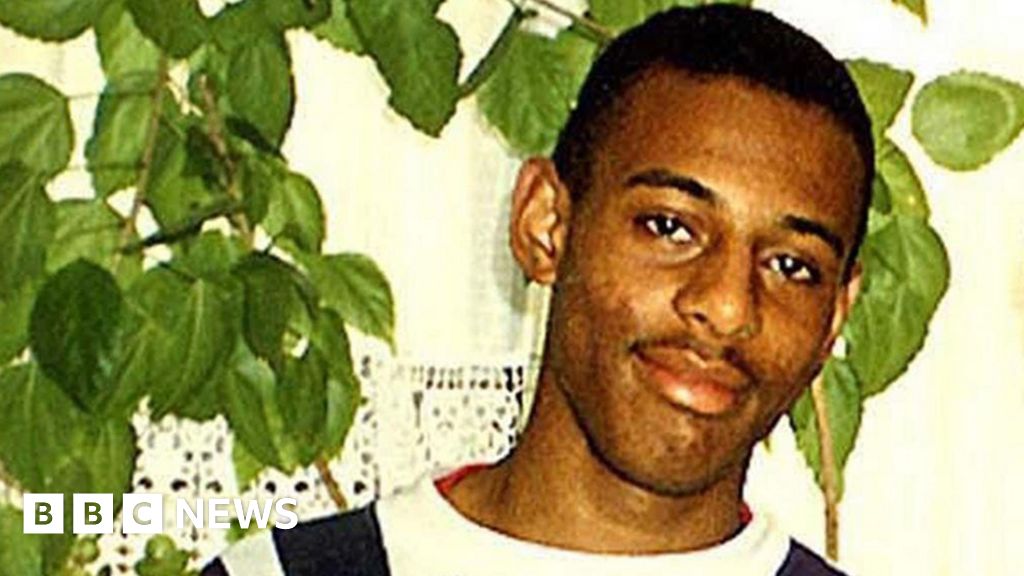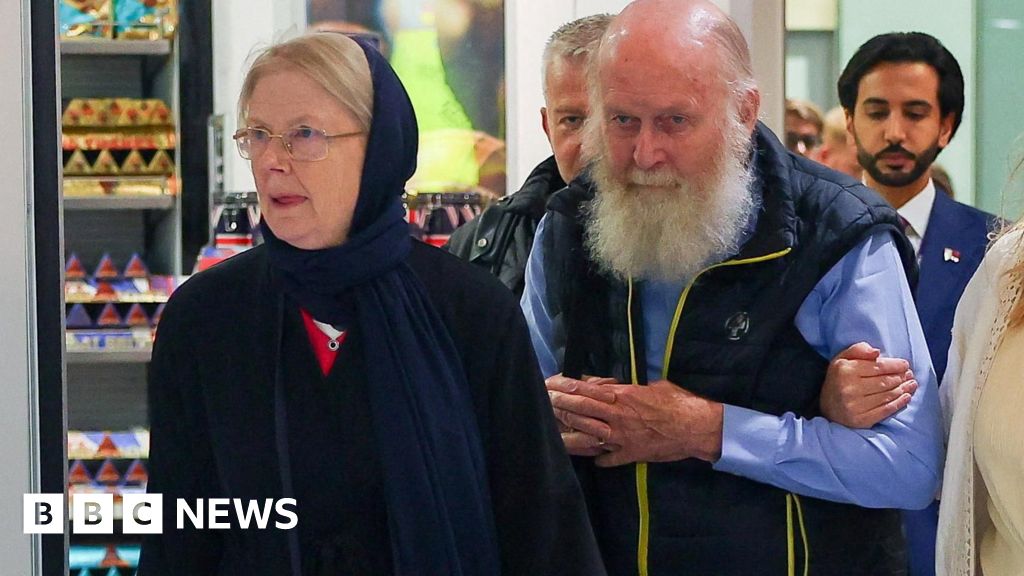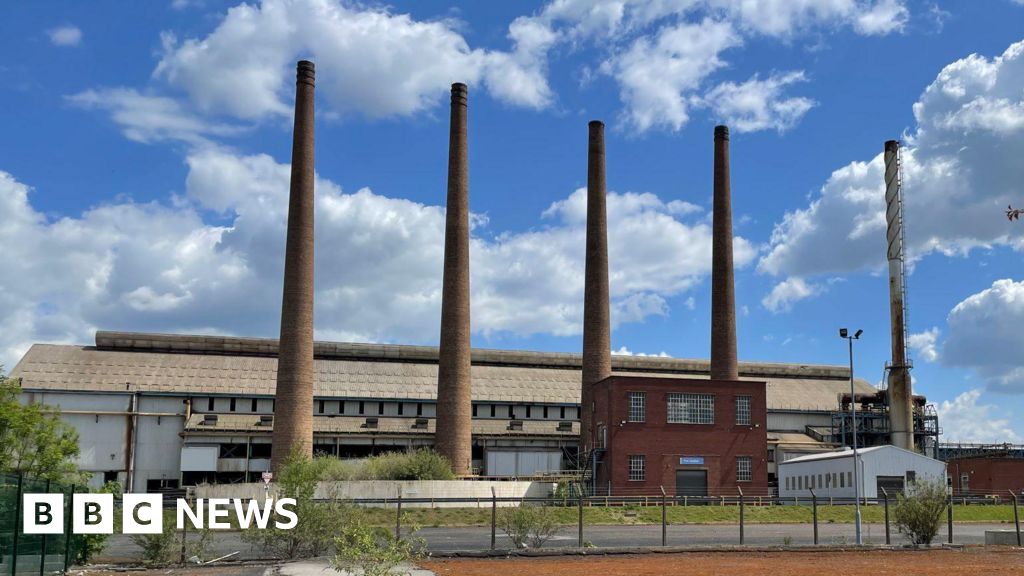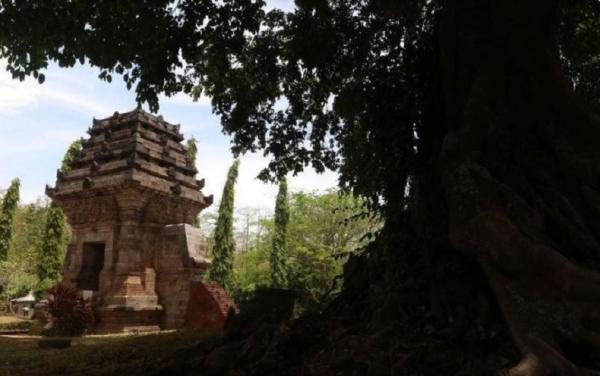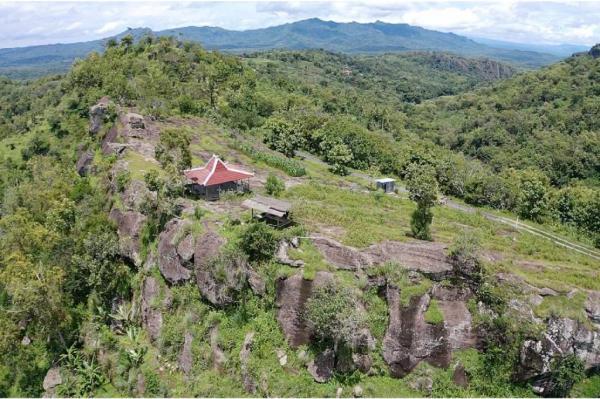Ian Tinetti watches the wind in his willows as Newstead’s opening batters prepare to take on Hepburn in the hamlet of Shepherds Flat. His self-made cricket ground is about the only thing that is flat in Victoria’s Central Highlands and, on a chilly November afternoon, the adjacent grove of English Willow makes it feel even more like the Yorkshire Dales.
Visiting this Field of Dreams-like shrine to the game is like uncovering the interconnected layers of a Russian doll – bat making, the Hepburn area’s Swiss-Italian heritage, the history of Victorian cricket and Australian rules football, and also, appropriately, doll collecting.
Cricket Willow’s origin can be traced back to an idle exchange during the 1902 Ashes Test at the MCG, when umpire Robert Crockett said to England captain Archie MacLaren that Australia did not cultivate its own bat willow.

-
Above: Newstead and Hepburn meet in a Castlemaine & District Cricket Association match at the self-made ground at Cricket Willow.
Below: Ian and Trish Tinetti watch Newstead take on Hepburn from the verandah at Cricket Willow.
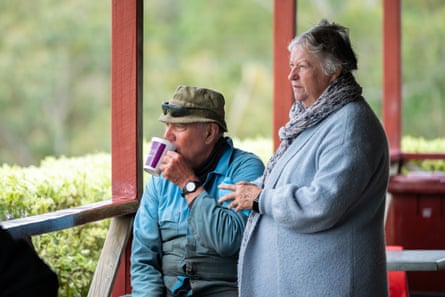
Six months later, several Salix alba Caerulea cuttings arrived in a thermos. Only one survived the long sea journey, and Crockett rushed it to Shepherds Flat, where it was nurtured by his brother James on the family property.
From this single cutting grew thousands of trees, and the grove still stands on what is now Tinetti land, in a gully paddock referred to by the family as “Crocketts”.
The first Australian bats
When this original willow reached maturity, the Crocketts got busy making bats. Seven of Don Bradman’s Invincibles, who toured England in 1948 without losing a match, wielded Crockett willow.
Slazenger Dunlop bought the family business in the 1960s, and the demand for bat willow meant the trees were almost harvested out at Shepherds Flat. Enter Aquilino Tinetti, an employee and neighbour of the Crocketts, and a diminutive but prolific wicketkeeper-batter.
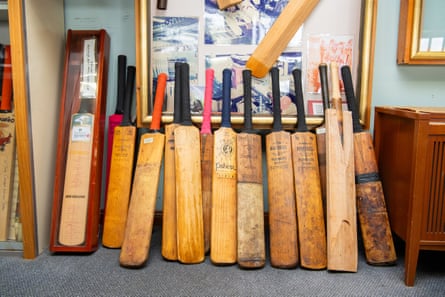
-
A selection of Crockett, Fisher and other bats in the Sam Morris Museum at Cricket Willow.
“His ability to be such a good cricketer fit right in with our neighbours,” says Ian Tinetti. “They loved dad, and he made sure the willow survived.”
Ian grew up connected to Crockett willow, and it followed him when he went to Melbourne to study engineering, and to the Vietnam War.
“I was the only bloke there with a bat,” he says.
Like his father and grandfather, Aquilino was still running dairy cattle when Ian returned from duty, but the death of a neighbour in a farming accident threw the family a financial googly.
“After four generations milking cows they said, ‘we can’t pick your milk up anymore’,” says Trish Tanetti, Ian’s wife of 49 years. “We had no income, with four kids under five, and three oldies to look after.”
Ian placed an ad in the Daylesford Advocate as a handyman, but rang and cancelled it the following week.

-
Sheep graze in the willow grove at Cricket Willow.
“I don’t think I’ve had to look for a day of work since,” he says. “In the old days, they were all handy, and we built pretty much everything you see around here.”
Cricket’s Field of Dreams
The prompt for Cricket Willow came during family movie night, while watching Kevin Costner build baseball’s Field of Dreams.
“It was one of our daughters, Fiona, who said, ‘why don’t you do something like him?’ And we started the next day,” says Ian.
Gradually, the family’s rocky slope of a front paddock was transformed into a velvety outfield. The main building was modelled on the old Shepherds Flat general store, with a willow frame, and the milking shed became a bat-making workshop.
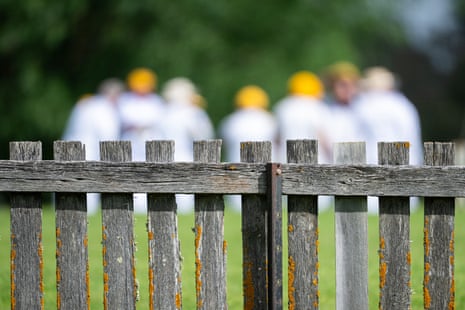
-
The picket fence boundary around the self-made ground at Cricket Willow.
Cricket Willow was opened in 1999, in time for Ian’s 50th birthday, and has been filling up with miscellaneous – mostly cricketing – items ever since.

-
Paul Righetti batting with daughter Eve for Newstead at Cricket Willow.
Ian cites “pure pig headedness” as what drove him to create Cricket Willow, but family friend and fellow Swiss-Italian-Australian Paul Righetti is a little more expansive.
“You get to your mid-life and you think, ‘What’s the juice of life? What’s it all about?’,” Righetti says, while watching daughter Eve play for Newstead. “Ian’s probably thought, ‘I’ve got the skills, I’ve got the land and I love cricket. Why not build a cricket ground?’”
The world according to Tinetti
The Friday following Newstead’s battle with Hepburn and the fickle Central Highlands weather, a tour bus arrives at Cricket Willow from Melbourne in glorious sunshine.
The Tinettis welcome the Keilor Life Activities Club, and several un-affiliated visitors from as far afield as Townsville and Adelaide.
Ian explains how the art of bat making was revived in Shepherds Flat by “pod shavers” Lachlan Fisher and Julian Millichamp, and how this is the only place in the world where you can witness the process “from bud to bat”.
He decries the digital domination of modern society, the growing gap between the city and the bush, and tells of the floods and fires which have battered but not beaten the family over six generations.
Then it’s up the hill to the Cricket Gallery, which houses an eclectic collection of items celebrating what the area owes to forestry, farming and the Swiss-Italian migrants who arrived in the 1850s.
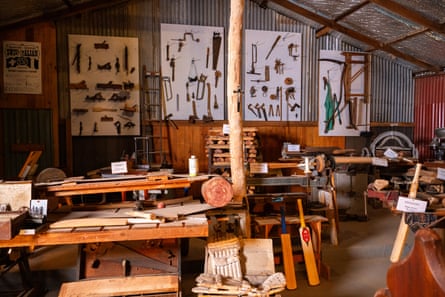

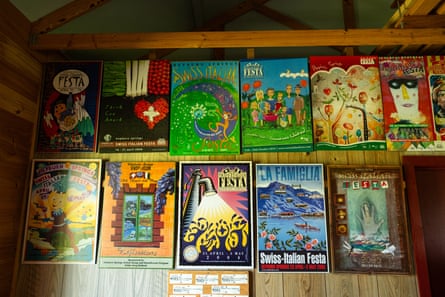

-
Clockwise from top left: A display showing the bat-making process. Timber milling equipment. Posters promoting historical Swiss-Italian Festa events in Hepburn. Crockett bats in the Sam Morris Museum that have been crafted from willow grown in Shepherds Flat.
After the bus departs, the stragglers jump the pickets and wander across the lush outfield, playing classic cover drives to mock half volleys.
“It’s such a stunning setting,” says Bob Dawson, who is on his fourth visit. “They host functions here and, with all the history, I really don’t know whether there’d be anything else like it.”
Will Cricket Willow bat on?
Up on the property’s helipad after the group have left, with his back to the Wombat State Forest, Ian points across to Mount Franklin and describes how the Swiss-Italians referred to it as a pimple on a cow’s backside compared to the Alps.
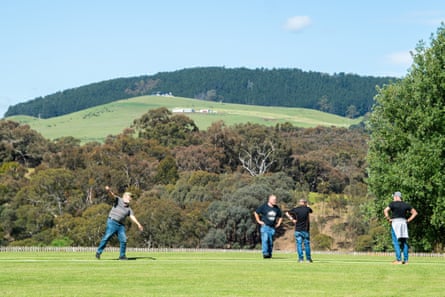
-
Bob Dawson, Carl Hansen, Daryl Rooks and Greg Polson on the oval at Cricket Willow, with Mount Franklin in the background.
“But this area reminded them a bit of home, they all had little farmlets, and it was almost like each hill had a different Swiss-Italian family identity,” he says.

-
Ian Tinetti stands with a bat at Cricket Willow in Shepherds Flat.
These days, the families are fracturing as young people move away, and the conversation turns to the fate of Cricket Willow. The four Tinetti children are scattered between Geelong and Bendigo, working “professionally”, and on rearing the next generation.
“Steve Waugh was in a few weeks back and we were talking about what’s going to happen,” says Ian. “I probably think none of the kids will come back, and the dream that’s in our heads is that somebody might one day come and take it on, but I just don’t know.
“It’s the link to the past that’s important. So much is lost when that’s broken.”
On the Sunday morning before the opening Ashes Test, Ian and Trish are preparing to drive to Tullamarine Airport, nursing hip and knee injuries, respectively.
The official reason for the journey is a family reunion in Perth for Ian’s 100-year-old uncle Maurice Pedretti. Unsurprisingly, the family have also found a way for Ian to bear witness to what would transpire at Perth Stadium.
“The other blokes will be down amongst it, but I’ll be by myself, up the top of the stand somewhere,” says Ian. “It’s really like a religion for me so, I just like to sit, and watch the cricket.”
.png)
 9 hours ago
4
9 hours ago
4


















